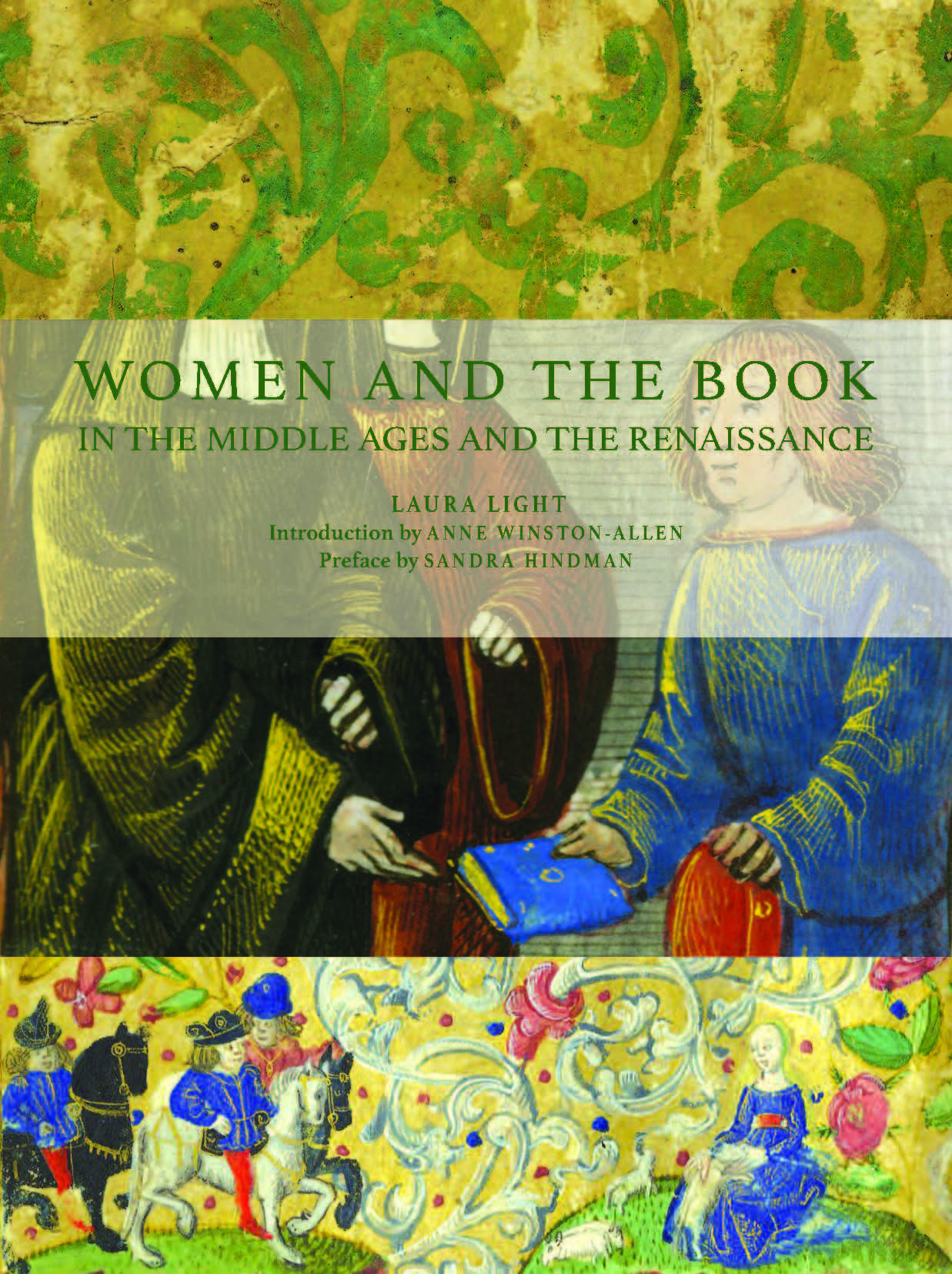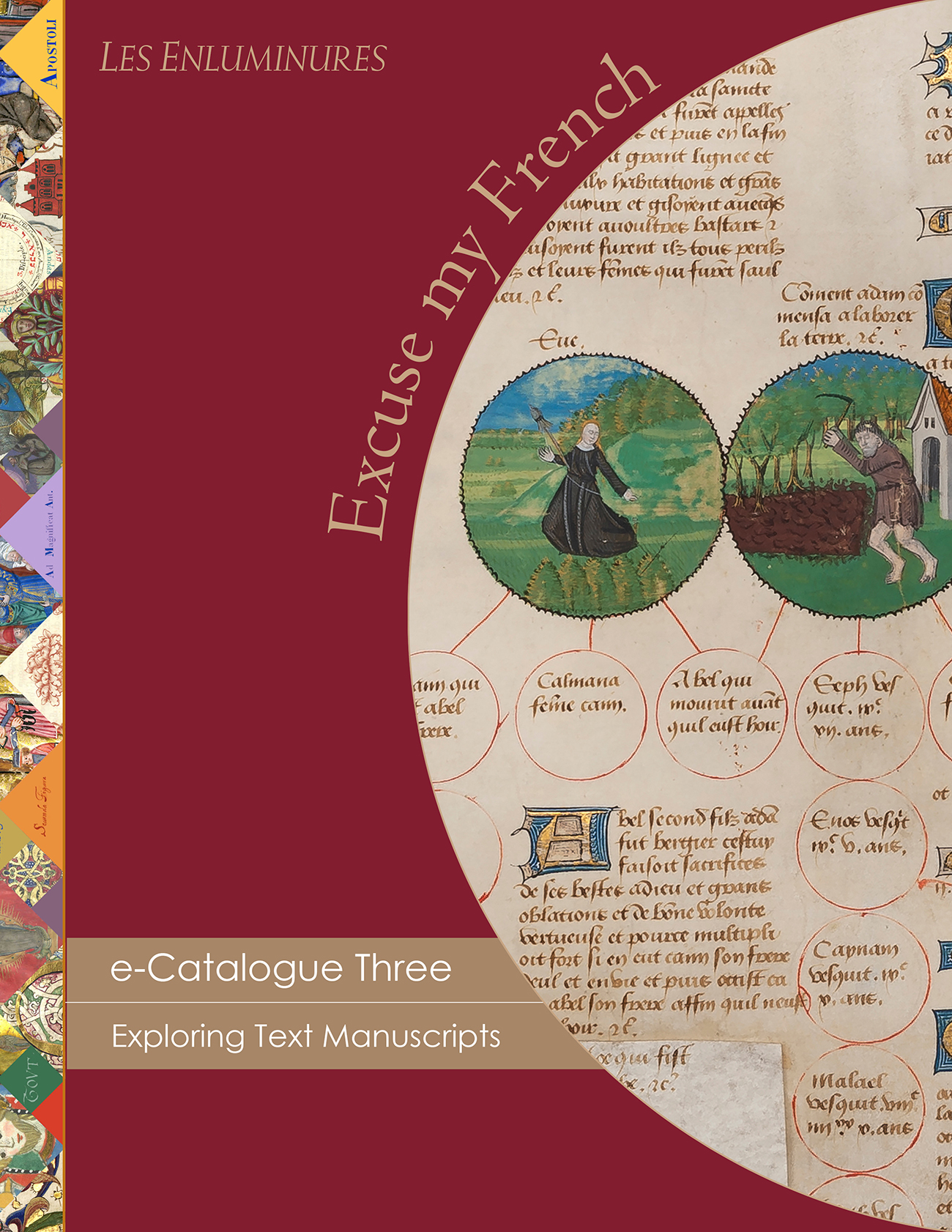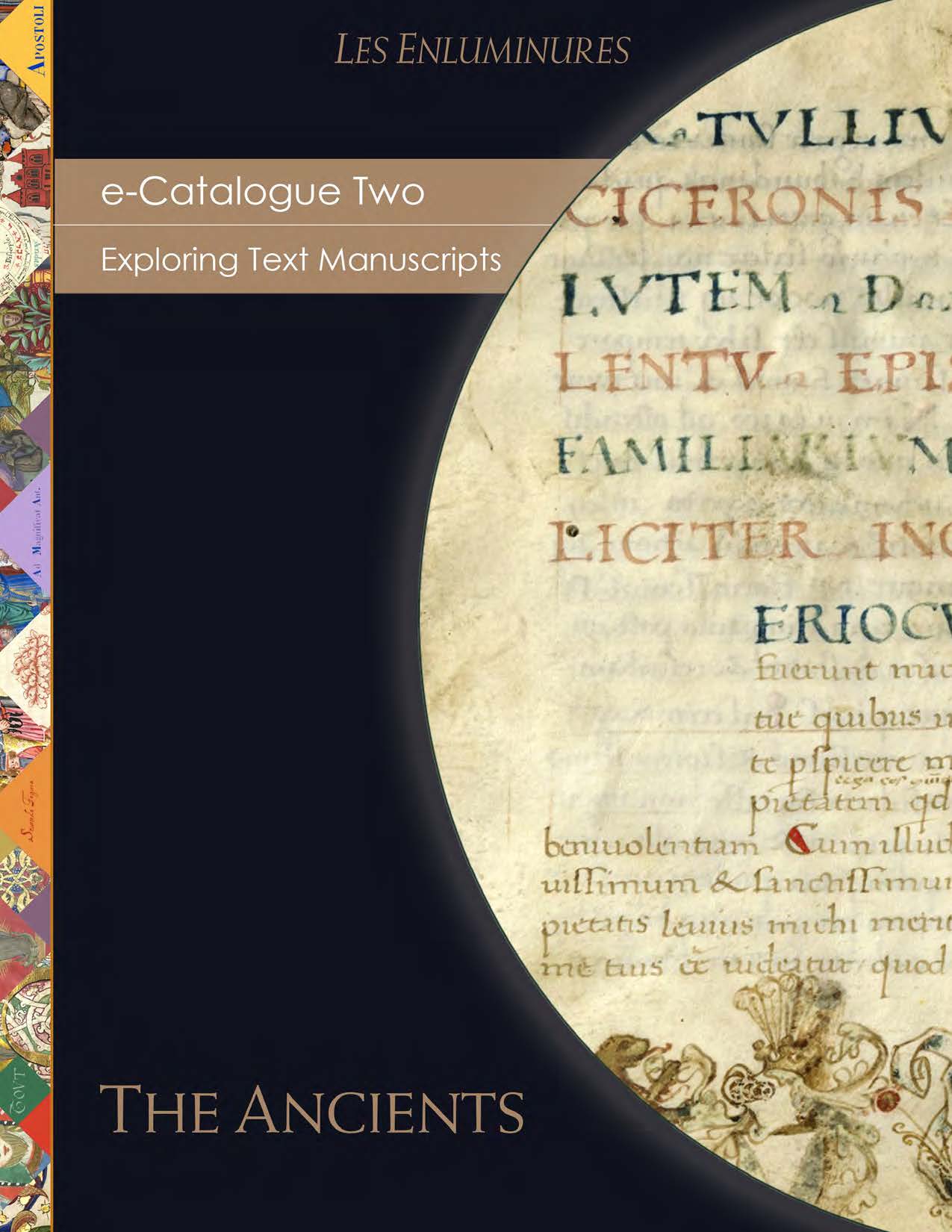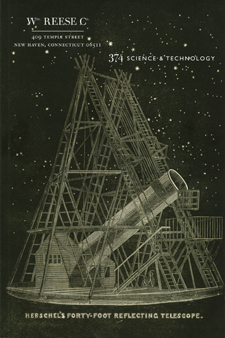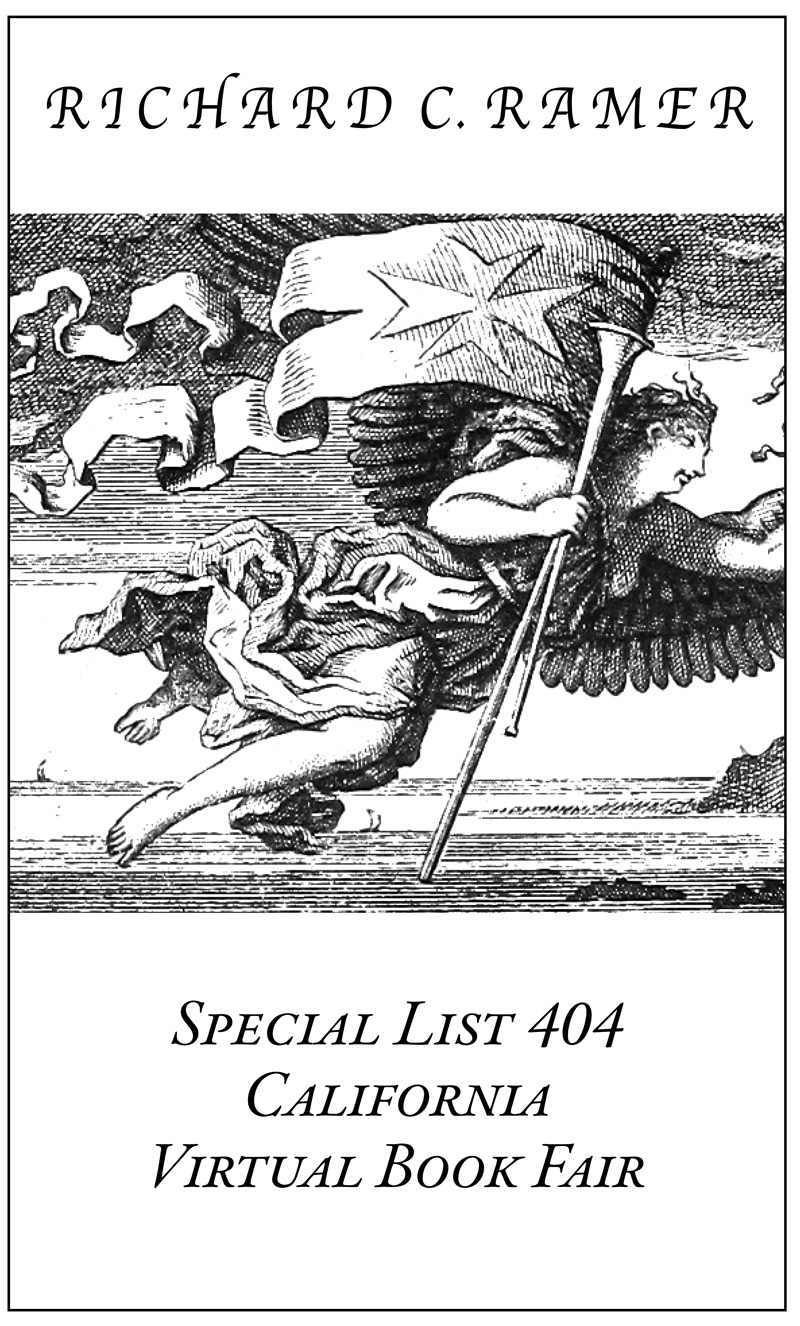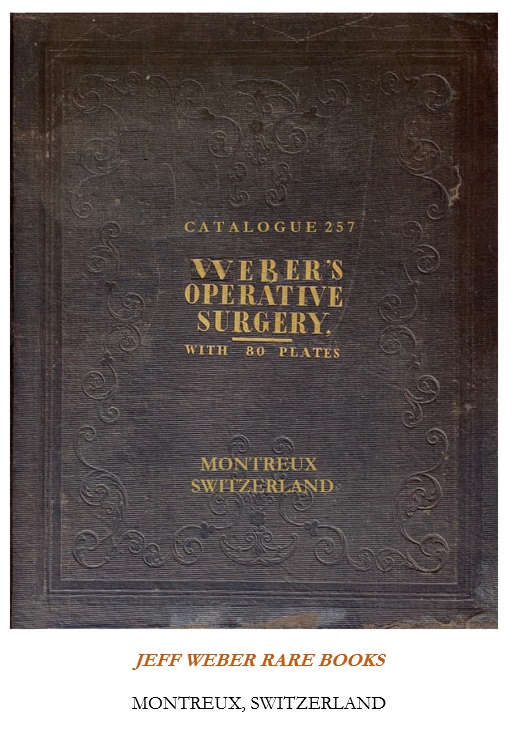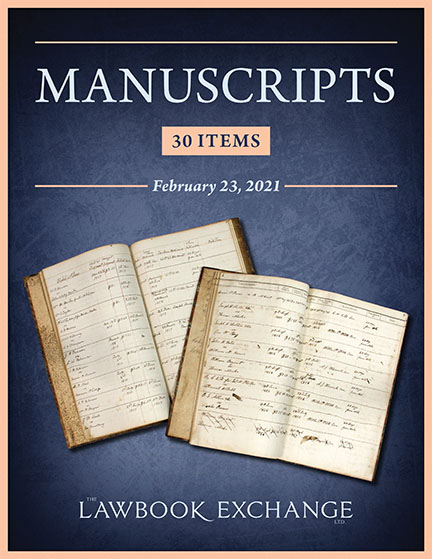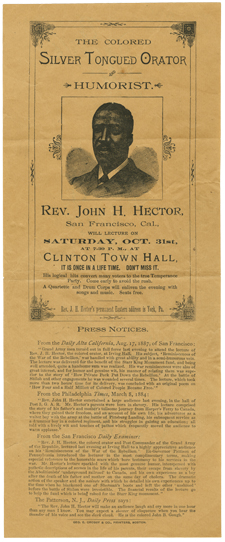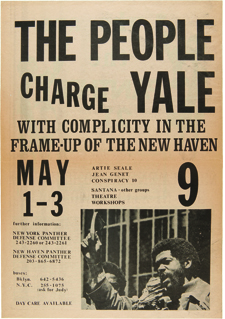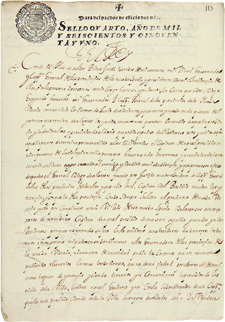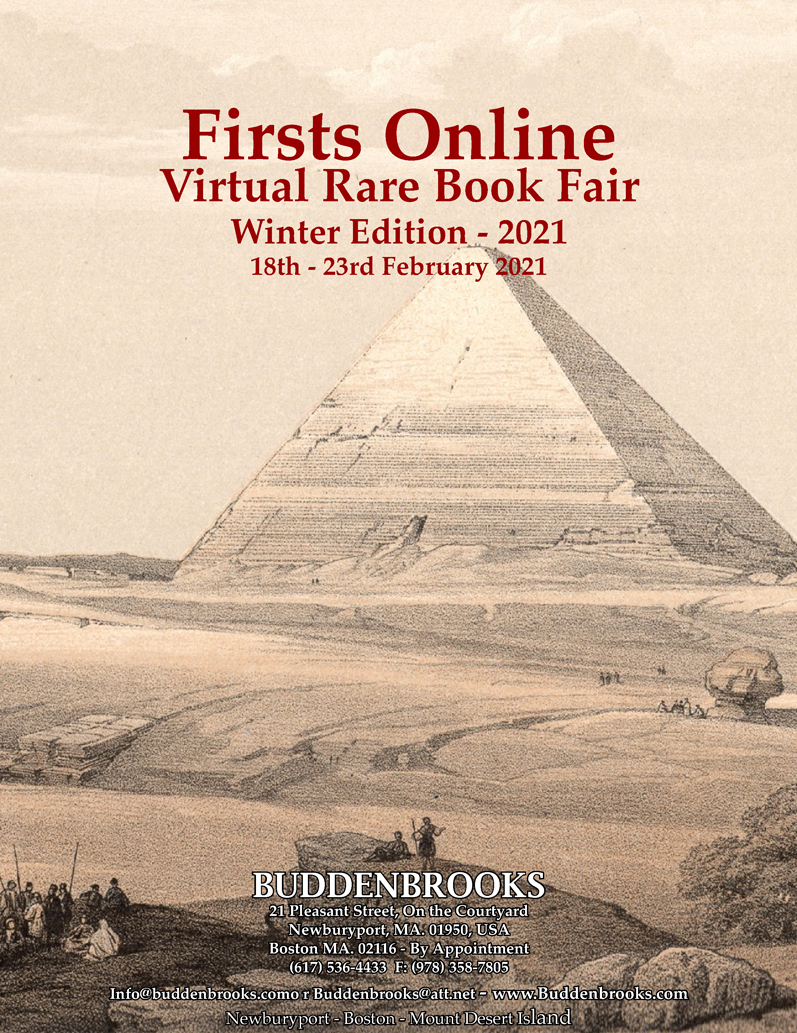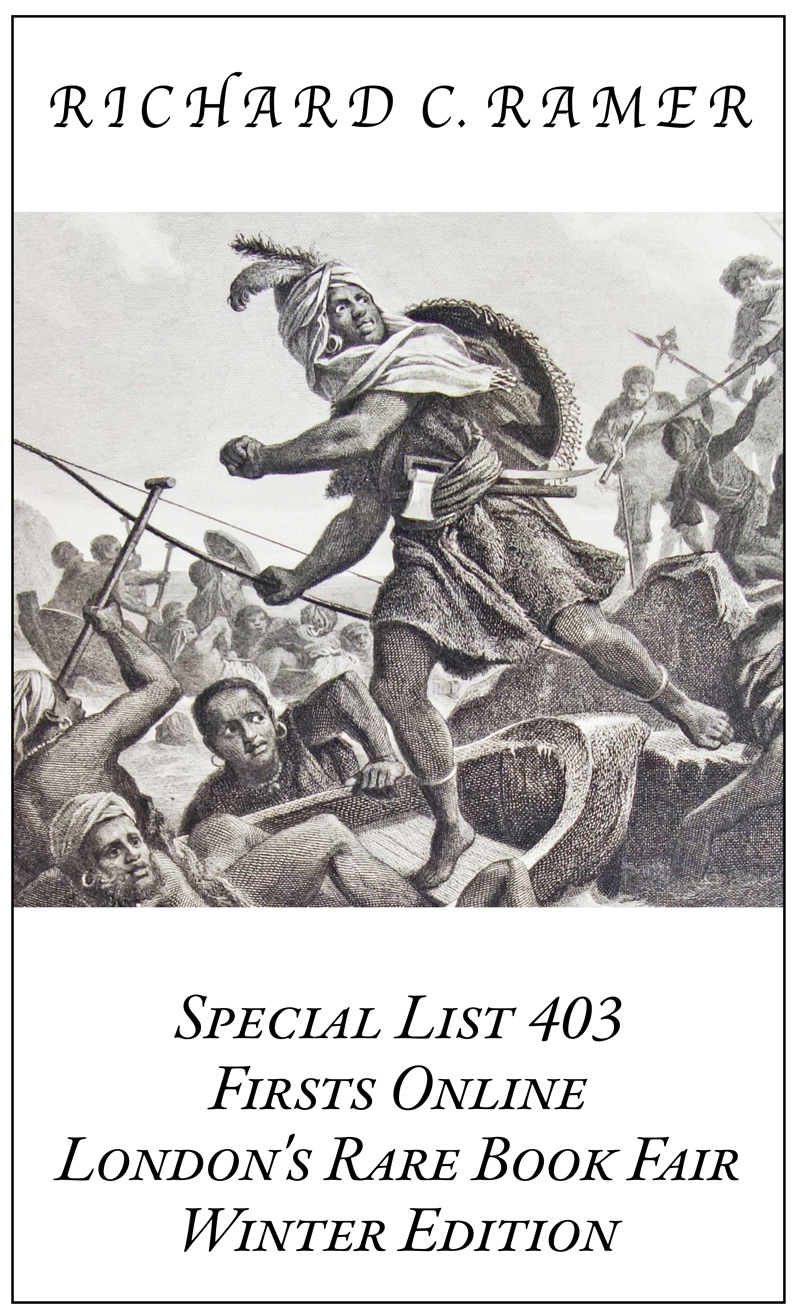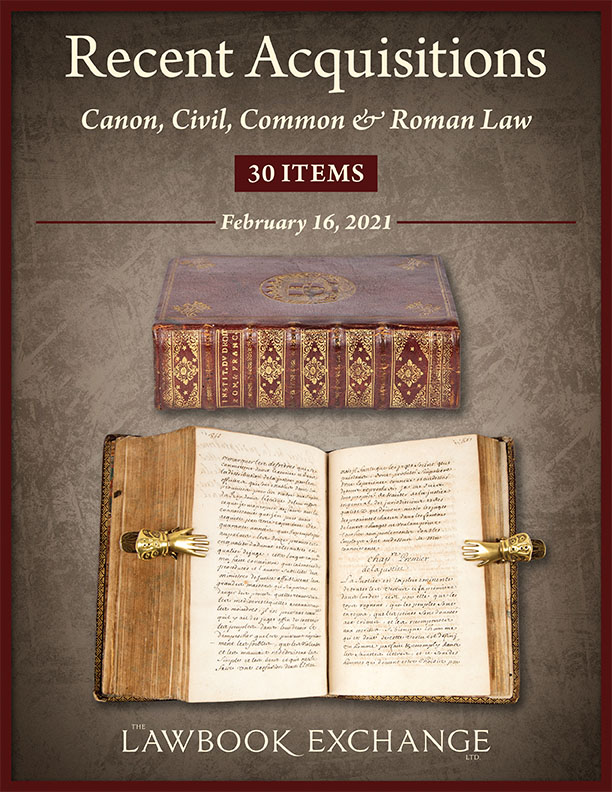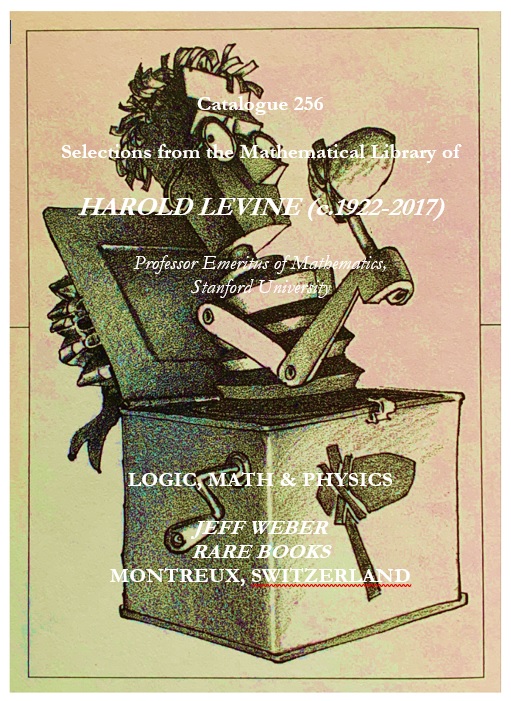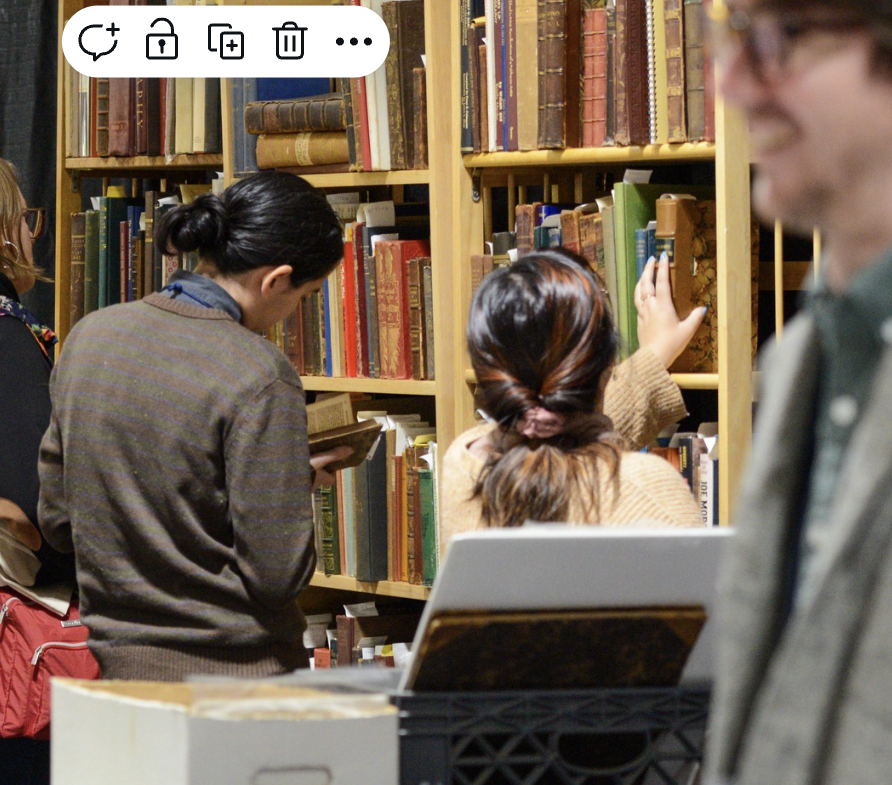
Member Catalogues
Text by Laura Light with an introduction by Anne Winston-Allen, 127 pp., fully illustrated, in English This catalogue showcases thirty-six manuscripts that demonstrate the important role that women played as authors, artists, scribes, patrons, and book-owners throughout the Middle Ages and the Renaissance. TEXT MANUSCRIPTS vol. 5
Manuscripts are, by definition, made by hand, and one of the thrills of studying them is connecting with the many people who made them, from the parchment or paper maker, to the scribe, the illuminator, and binder, and the many people who owned and read them down through the centuries. At times, though, these people can seem abstract and are often unnamed. It is thus exciting when the personal comes into focus and we meet the “I” in a manuscript, as it does in the case of each of the ten manuscripts in this varied list. Here we have scribes and original owners known by name, owner-produced books (or as we have called them, “selfie-books”), and biographies that by definition focus on the personal. For the collector and in the classroom, these manuscripts bring the Middle Ages and Renaissance alive.
“If we want to eavesdrop on the actual words of the medieval courts, or the banter of trade, or the inmost thoughts of private piety, it will not be in Latin but in medieval French, English, German, Dutch, or Italian,” so says the inimitable Christopher de Hamel. In this list, we present ten manuscripts in French. Each broadens our picture of medieval and Renaissance society. Canon Law is the law of the church, and Latin was undoubtedly the language of clerics. A thirteenth-century Canon Law manuscript in French reminds us that viewing the civilization of the Middle Ages exclusively through the lens of Latin is much too narrow. Included are histories, feudal records, and texts exploring ethical and religious behavior, some originally composed in French, others translated from Latin. For the classroom and the collector, these manuscripts bring to life the stories of men and women in everyday life in the past.
Sallust, Plutarch, Cicero, Juvenal, Boethius–are these authors we still read? that we should still read? Certainly, they have shaped our society. As the historian Mary Beard says, “many of our most fundamental assumptions about power, citizenship, responsibility, political violence, empire, luxury, beauty, and even humour, have been formed, and tested, in dialogue with the Romans and their writing.”
Manuscripts made and/or owned by women offer one of the best and most vivid resources for telling the stories of these women, secular and religious, young and old, high-born and common. Seven of the manuscripts in our new list were owned by, and often made by, nuns; the lives of secular women are revealed in three special manuscripts. For the classroom and the collector, these manuscripts bring to life the roles women played in society.
113 items in Americana and Literature - illustrated
Fifty items, with full-color illustrations
66 books of interest for medical book collectors, historians, with most being from the private library of Dr. George Kaplan.
250 Items, all illustrated, from the 18th and 19th Centuries. Including political history, militaria, slavery & abolition, juvenile literature and books in all fields.
35 items, fully illustrated
Our Selections for the Winter 2021 Firsts Online Virtual Book Fair
21 items for Firsts Online, London's Rare Book Fair, Winter Edition, with full-color illustrations
E-List 30 Items
With additions ... LOGIC, MATH & PHYSICS


